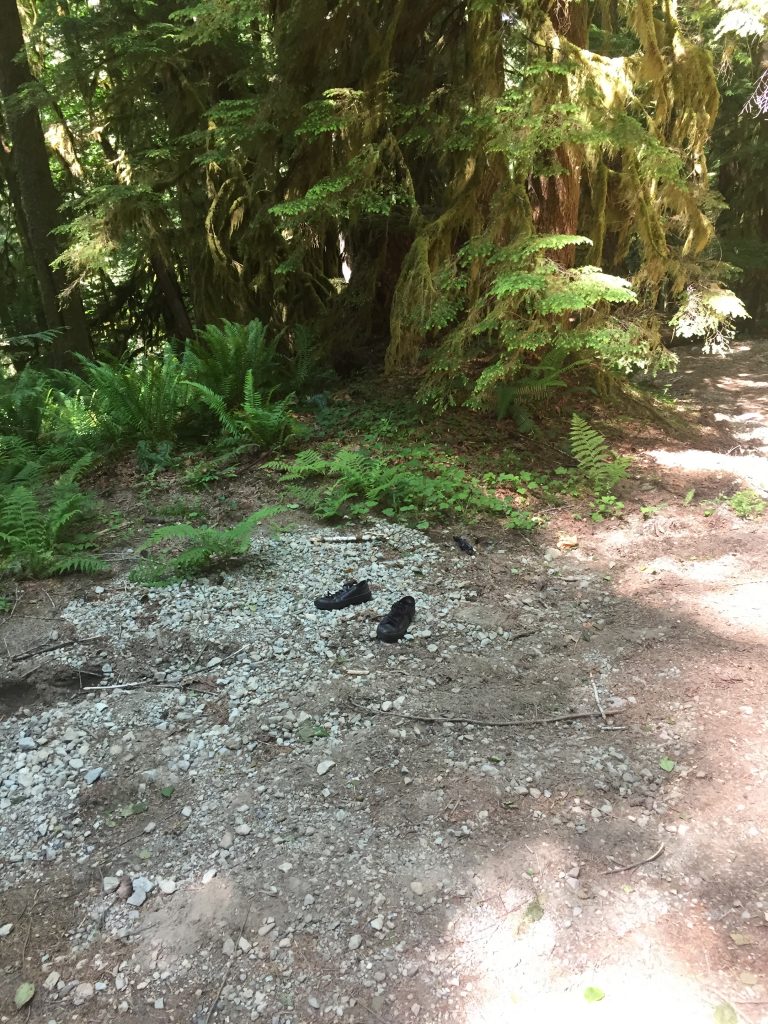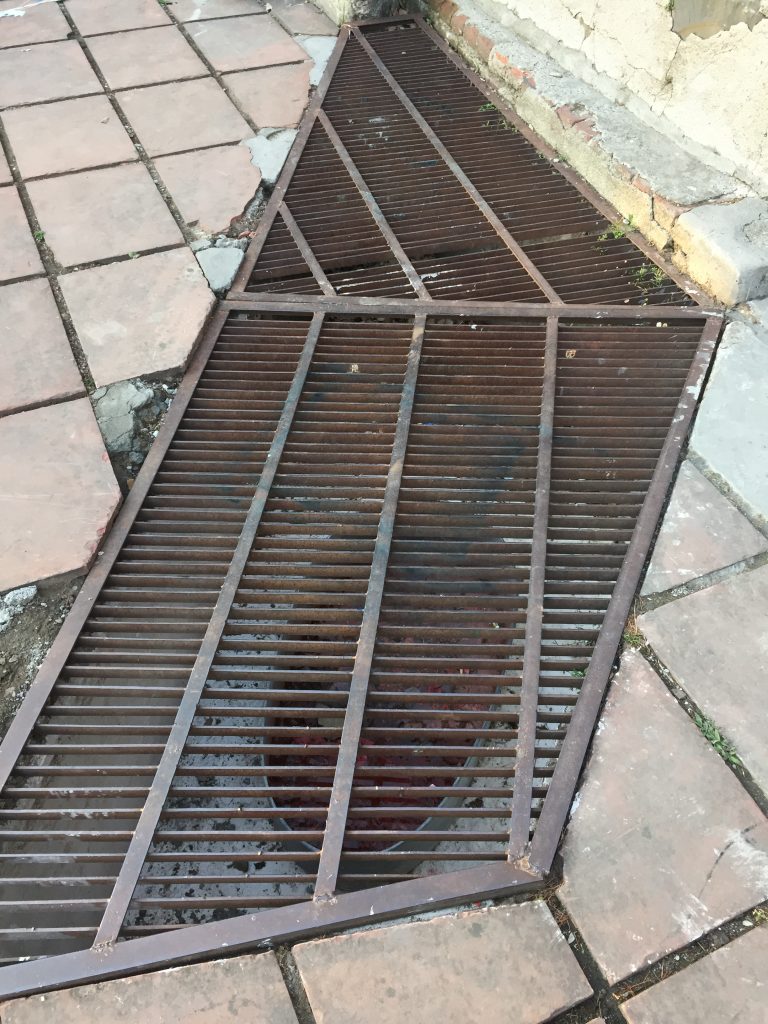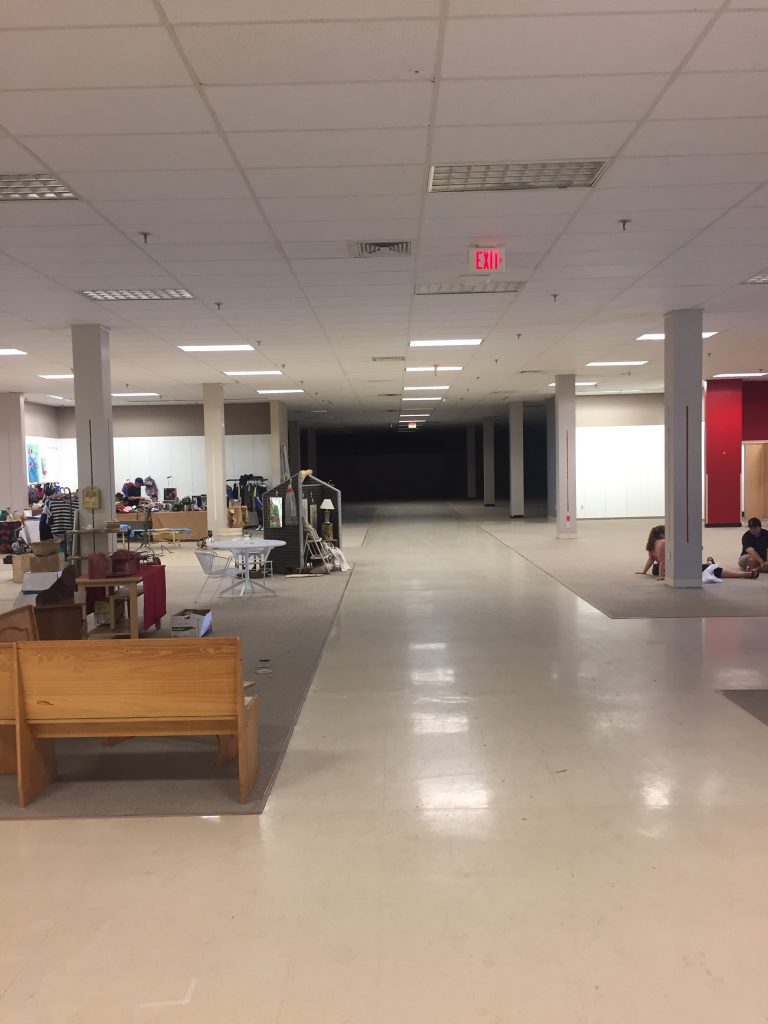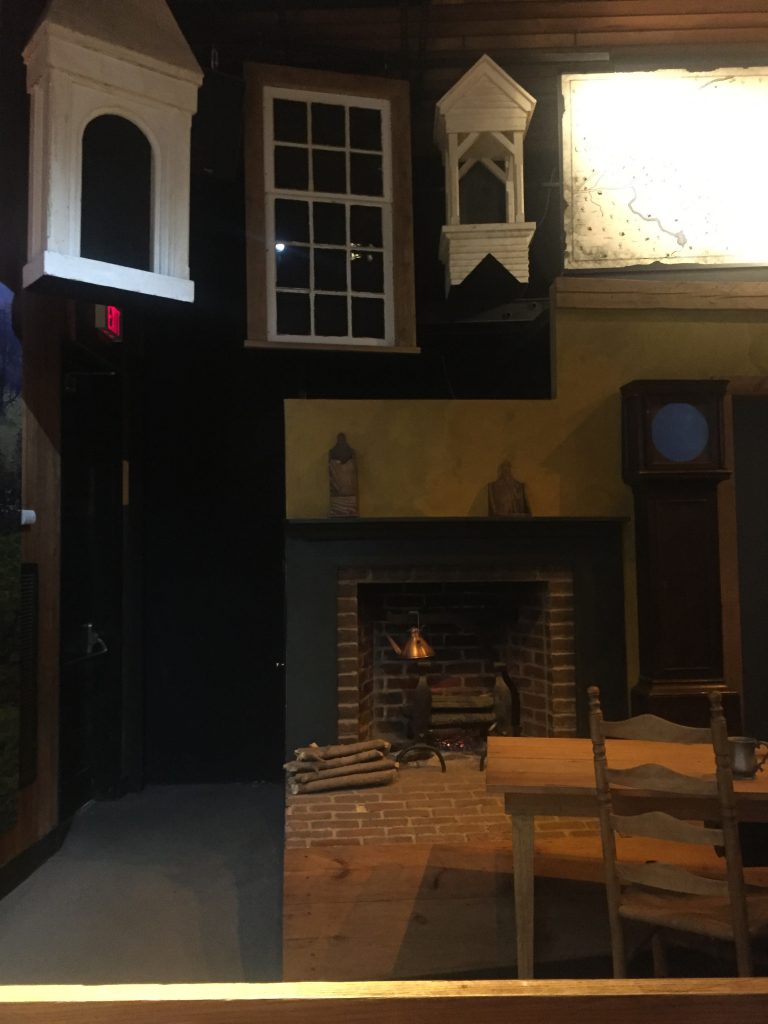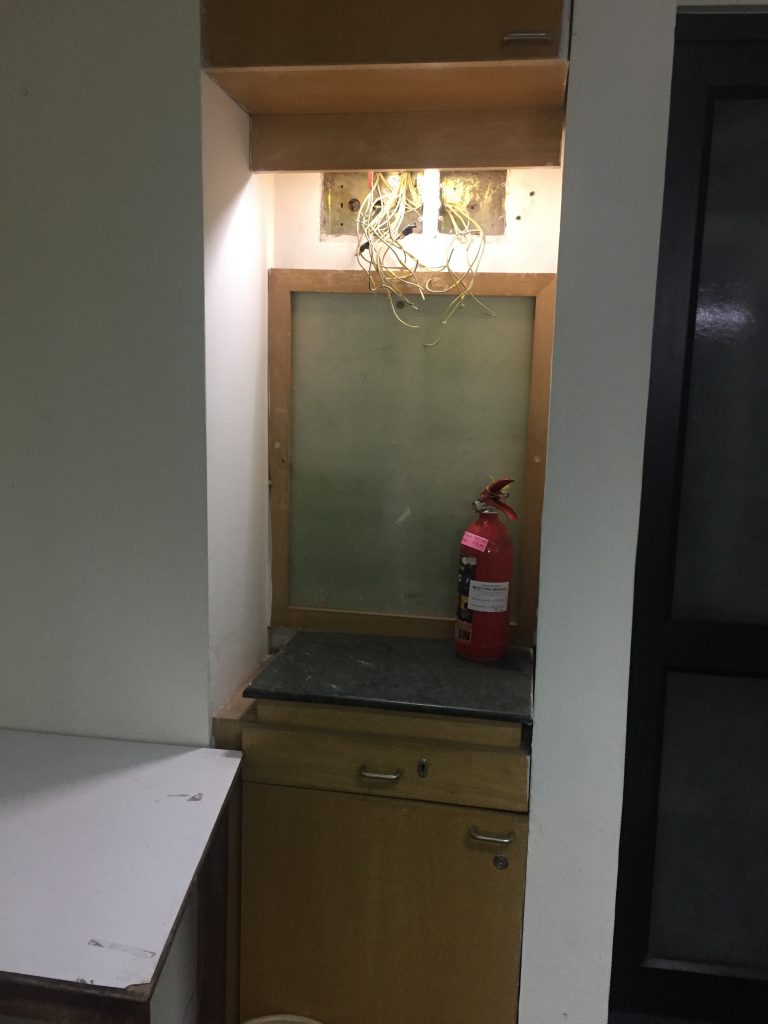Shitholes 131
We start by organizing a quick summary of all the variable page 131’s in our collection of Shitholes. The Editor tears them from the spine and we use a stapler at the nearest post office to form a crude new ‘Autumn by the Wayside.’ The Editor laughs at the result, like a phone book left out in the rain.
“We spent so much collective time…” she mutters, “So much thought on the order of entries. We didn’t agree on a single thing.”
Shitholes is not an intuitive book. The entries aren’t alphabetical. They aren’t organized by state or region. I thought, for a while, there might be an underlying categorization, something philosophical, but the groupings held their shapes like clouds in the sky. The meaning I thought I understood was meaning I had projected onto it. I never saw the same cloud twice.
My first mistake was assuming that the author had organized it and, if the author was some version of myself, my second mistake was assuming I would know his thoughts (or some version of them). I don’t understand the Editor, though. I can’t discern any shape in her clouds. There may well be a storm building over me and I would be none the wiser.
“When we did this,” she says, and shakes her head, “When I did this the publisher wouldn’t sign off on the obvious arrangements. The first time it was just vaguely location-based, right? The second was the same, just really fucking specific, like with a table of contents coded to fucking maps. We’ve got to compete with the internet. I thought that’s what they wanted.”
The Editor finds a pair of scissors on the counter and begins to clean the jagged pages of Shitholes 131. A postal worker clears his throat behind us somewhere but we both know better than to turn.
“And then my emails were just pinging back like thirty seconds after I sent them a new draft- like, ‘We appreciate your continued work on the project but we don’t believe the target audience will find the current structure intuitive. Reliance on printed GPS can be difficult to translate to electronic applications…’ Shit like that is what I’m saying. Like, I’m desperate enough to find the coordinates of all the damn places and to organize them by latitude and longitude and throw together a chart for the table of contents and they spend less than a minute figuring it’s a no-go. And then after a month of this…”
The Editor reacts suddenly, pulling her finger away from the pages like she’s been bitten by a snake. She holds out her hand and a thin, bloody line appears across her index finger.
“Paper cut?” I ask, but she is deathly quiet as the blood wells to a drop.
The Editor has ended herself for lesser things, but never in a place so public. The heft of her revolver appears to me beneath her jacket, seeming to move under the leather. Its grip is curved in the gesture of beckoning, its deep cold is begging for the heat of release. A popping balloon will always make me jump and I will never grow used to the sound of gunfire. I brace myself anyway, clenching my stomach and folding my shoulders inward.
The Editor wipes her finger across the front page of the new book and grimaces. She presses down hard to stymie the pain, and when she speaks I realize that my hands are covering my ears.
“What?” I ask.
“Do you have a bandage?”
I don’t know if it’s the Editor’s intention, but the first page of Shitholes 131 is a place not far from the post office, a place we had both already noticed in the gloom of early morning. She scratches dried blood from the paper so we can read the entry together:
‘A woman grew up in Southern Illinois. She grew up in a small town but moved away after high school. She made money, enough to fill a warehouse (though she kept hers in a bank). With a sliver of her success, she returned to her town and built ‘The Land-Locked Lighthouse,’ refusing to place her name upon the thing. It shines for 30 miles on a clear night and pulses behind the winter fogs.
It has become a minor attraction, simply for the oddity of the thing. It draws families in from their road trips and they stay in the town and wonder what the woman must have felt of her home, to spend so much money on a thing that may only provide the smallest boost to the local economy. Must be quite the place.
The locals know otherwise, of course. They’ll illustrate, to you, the distinction between what it means to spotlight a thing and what it means to shed light upon it. A lighthouse is as much a beacon of danger as it is of safe-passage. There is no doubt this one signals warning.’
-traveler

